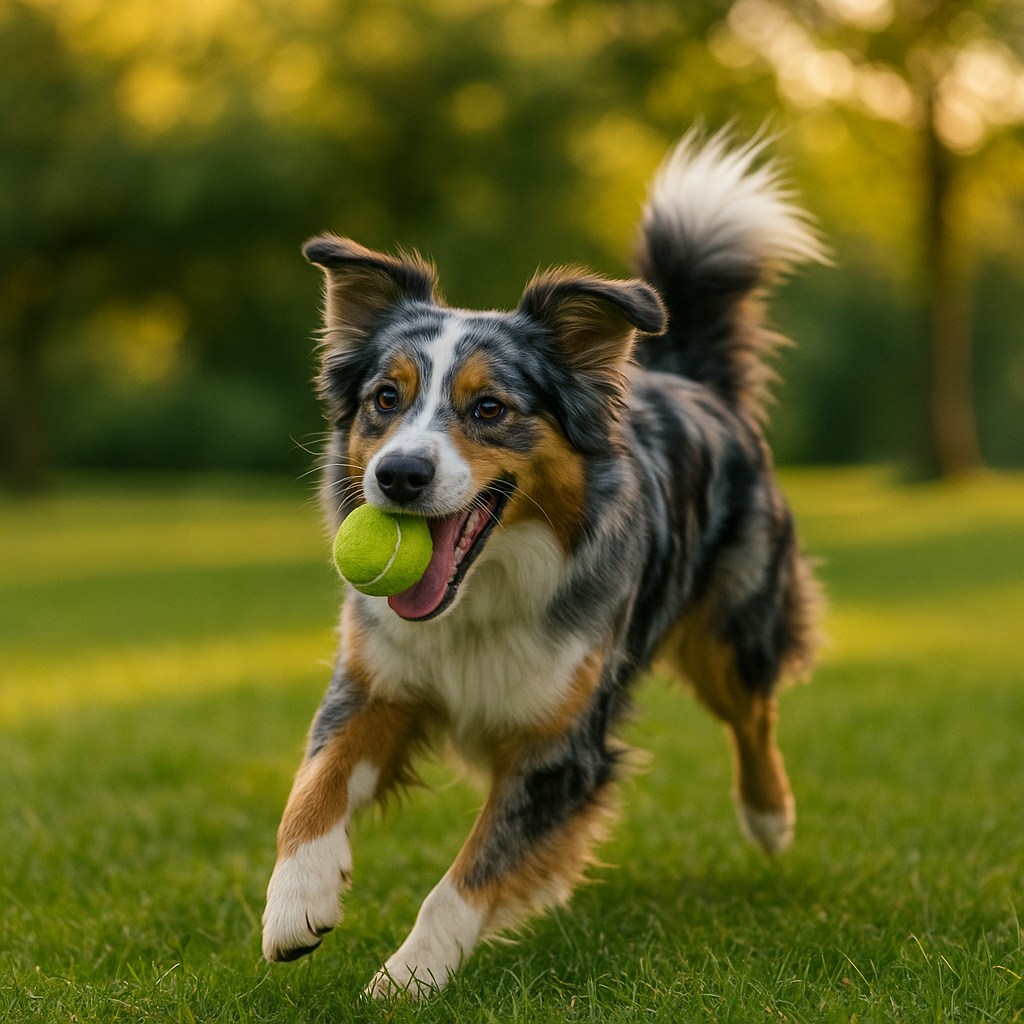Why play matters
Daily play isn’t a luxury—it’s part of canine wellness. The right toys provide:
-
Mental enrichment: Puzzle and treat‑dispensing toys challenge problem‑solving and sniffing instincts—great for rainy days and high‑energy minds.
-
Physical exercise: Fetch, tug, and chase toys help burn energy, support weight management, and keep joints moving.
-
Healthier chewing: Dogs explore the world with their mouths. Offering appropriate, tough chewer dog toys channels that urge away from furniture and shoes.
-
Stress relief: Licking and gentle chewing (think lick mats and soft chews) can help many dogs self‑soothe.
-
Bonding & training: Tug and fetch build impulse control, recall, and confidence—while strengthening your relationship.
Toy types & when to use them
Chew toys (rubber/nylon): For power chewers and teething pups. Choose the right density and always size up. Look for non‑toxic materials.
Interactive & puzzle toys: Slow feeding, reduce boredom, and turn mealtime into a mental workout. Treat‑dispensing balls and puzzle boards are perfect for rainy days.
Fetch & outdoor toys: Balls and flyers for cardio and recall practice. Water‑friendly materials are great for park and lake days.
Tug toys: Great for bonding and impulse‑control training. Pick strong stitching or rope with comfortable grip points.
Plush & squeaky toys: Satisfying for dogs that like to carry, shake, or cuddle. If your dog shreds plush, choose reinforced seams or keep plush for supervised sessions.
Lick mats & calmers: Textured surfaces that encourage licking—you can spread yogurt, peanut butter, or wet food to slow licking and ease stress.
Safety first
-
No toy is indestructible. Supervise, inspect, and replace when worn.
-
Size matters. Choose toys larger than your dog’s throat; size up for strong jaws.
-
Materials: Look for durable dog toys made with non‑toxic, BPA‑free materials. Dishwasher‑safe rubber/plastic simplifies cleaning.
-
Rotation plan: Keep 3–5 toys out and rotate weekly to keep novelty high.
How to build a balanced toy kit
-
One durable chew (for solo downtime).
-
One puzzle/treat‑dispenser (for mental enrichment).
-
One fetch toy (for cardio).
-
One tug toy (for teamwork).
-
One plush/comfort (if your dog enjoys soft toys).
This mix covers chewing, sniffing, chasing, tugging, and cuddling—five different outlets that reduce problem behaviors and keep play fresh.
FAQs
How many toys does my dog need? A small rotation of 5–10 is plenty; refresh or swap when interest dips.
What’s best for power chewers? Heavy‑duty rubber or nylon chews; avoid small pieces and always size up.
Puppy teething tips? Softer rubber for sore gums; freeze a rubber toy or lick mat for added relief.
Ready to play?
Shop our curated Dog Toys lineup—tough chewer picks, interactive puzzle dog toys, fetch balls, plush & squeaky, ropes, and lick mats. Top brands you trust + Chew Crew rip‑and‑reveal originals.
